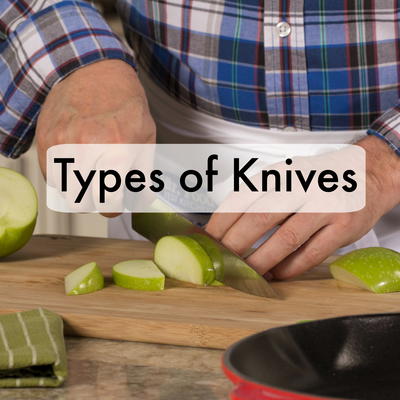Top 10 Tips for Baking Perfect Pies
Have you ever wondered what the secrets are to baking the most amazing pies? It's true, pie baking can seem daunting but, once you've learned our best tips and tricks, you'll be cranking out perfect pies like a professional. Learn how to say "sayonara" to soggy pie crusts with our pie crust baking tips, choose the best thickener for your pies, and so much more!
- It starts with the pan you're using. It's best to use a glass, dark or dull-metal baking pan. These types of pans are more neutral and will help allow your crust to brown evenly. A shiny pan or flimsy disposable pan won't let it brown enough.
- Don't let the edges burn. What to do when your crust over-browns? Cover the edges with aluminum foil after it bakes for 15 minutes, or use a purchased pie crust shield. If it's a double-crusted pie, the edges need to be covered after 30 minutes.
- No one wants a soggy pie crust! To prevent pie crust from getting soggy, you can try setting your pie pan on a baking sheet before putting it in the oven. Or, you can seal your pie crust by brushing it with a slightly beaten egg white. Refrigerate your pie crust in its pan for 15 to 20 minutes before you fill it . Yet another method is to "blind bake" your crust. After lining your pan with your dough, line it with foil or parchment paper, then add pie weights -- dried beans or rice will both work, too. Bake in preheated 350-degree oven for 15 to 20 minutes, until the crust turns golden. Let the crust cool and proceed with your recipe.
- Leftover pie dough scraps? Don't throw them away! Sprinkle 'em with cinnamon-sugar, or go savory with grated Parmesan cheese. Pop 'em in the oven and bake until golden, usually about 10 to 15 minutes.
- Creating a golden crust: If you're using a lattice or other double pie crust topping, brush the top with beaten egg, milk, or cream for a nicely browned crust.
Tips for Pie Fillings:
- Cornstarch or tapioca? Both of these will thicken a pie filling. We like to use tapioca when baking pies containing fruits that are more acidic -- like cherry or apple. All-purpose flour is a popular choice for apple pies, too. Cornstarch is the best choice for anything dairy or cream-based.
- Is it done yet? When baking a custard pie, you can test to see if it's done by inserting a knife into its center. If it comes out easily, the pie is set.
- Runny pie filling? You may not have baked it long enough for it to set. Pop it back in the oven for 10 more minutes and check again.
- Time-saving shortcut: If you want to use a pre-made filling, you won't need to bake your pie for as long. You'll just need enough time to bake the crust and warm the filling through.
- Prevent meringue from weeping: Making a meringue-topped pie? If you are, be sure to spread the meringue over the filling completely while the filling is still warm. You also want to make sure you beat your egg whites enough while making your meringue, until they create stiff peaks.
Now it's time to put what you've learned into practice! Click here for our collection of 74 Easy Pie Recipes, Plus 5 Homemade Crusts!
Read NextTable Setting 101
Your Recently Viewed Recipes
Report Inappropriate Comment
Are you sure you would like to report this comment? It will be flagged for our moderators to take action.
Thank you for taking the time to improve the content on our site.













